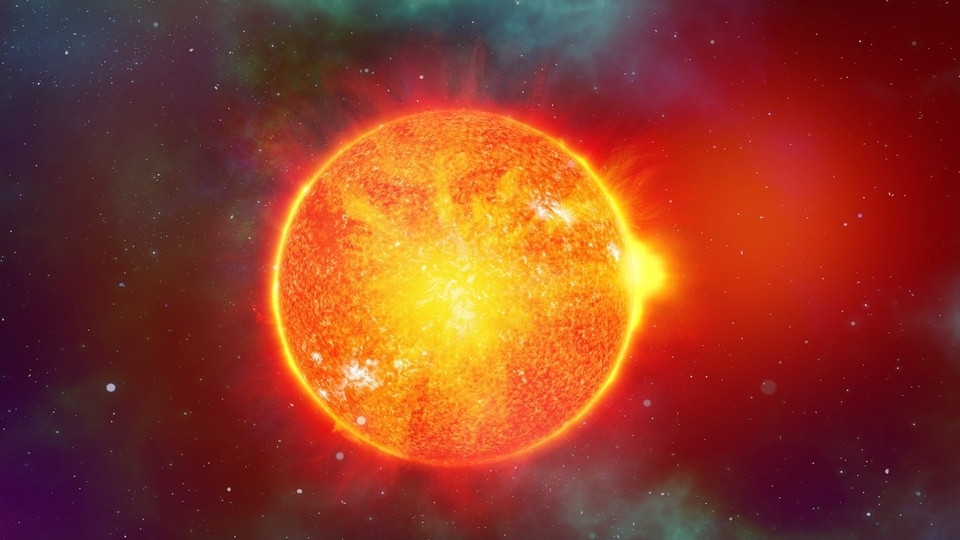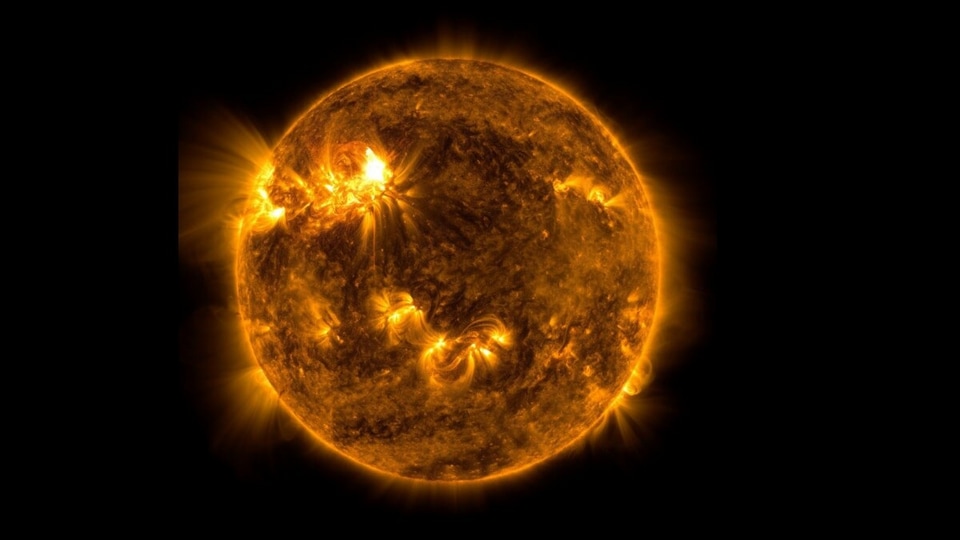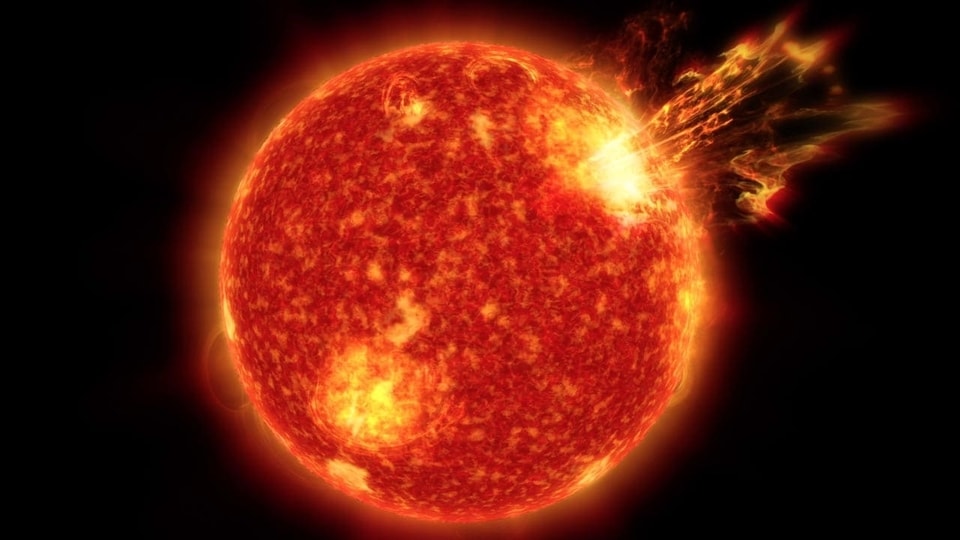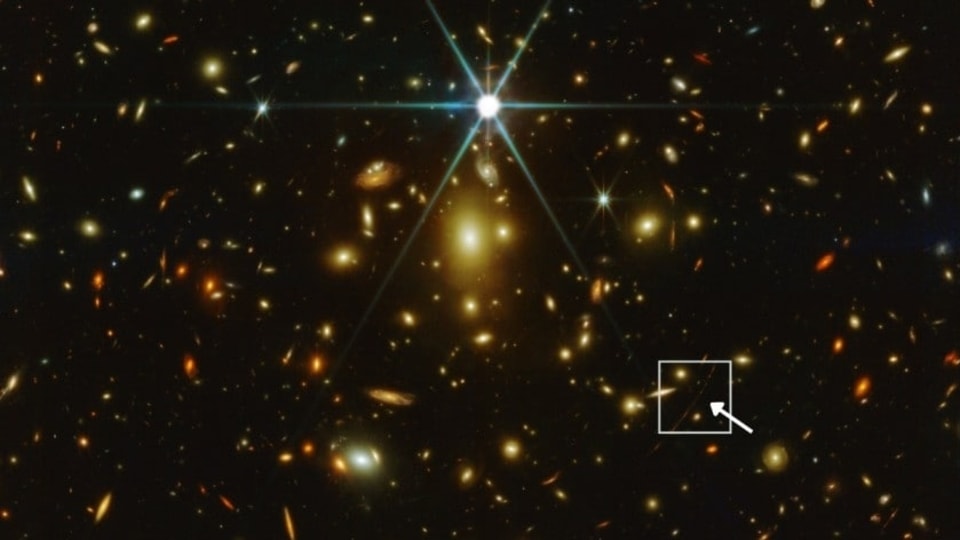James Webb Space Telescope sees farthest star ‘Earendel’ in new light; NASA shares photo
NASA's James Webb Telescope has taken a shot of Earendel, the farthest star known, using a space trick called gravitational lensing. This breakthrough helps us explore the early universe and its first stars.






 View all Images
View all ImagesFollowing in the footsteps of the iconic Hubble Space Telescope, NASA's James Webb Space Telescope has looked at the farthest star ever detected called Earendel. This star was first glimpsed using the Hubble Space Telescope, and Webb's special camera called NIRCam has zoomed in on it now and revealed it to be a super-hot and super-bright B-type star, much hotter than our Sun.
A Star Hotter than the Sun
Earendel is in the Sunrise Arc galaxy, which is so far away that we can only see it because of a trick of nature and technology. This trick is called gravitational lensing. Webb was able to look at Earendel thanks to a huge group of galaxies called WHL0137-08 that bend space, making faraway things seem bigger.
Most of the galaxy looks like copies due to this bending, but Earendel appears as just one point of light. Scientists figured out that Earendel is extremely tiny, about 4,000 times smaller than what we could normally see. This makes it the most far-off star ever seen, born just a billion years after the Big Bang.
Gravitational Lensing
Earendel's size hints at a possible buddy star, which Webb could detect because it stretched the light to a color Hubble couldn't see.
Webb's fancy camera also showed us the Sunrise Arc galaxy in detail. It's the most magnified baby galaxy ever seen, with young and old stars as tiny dots. Earendel sits right in the middle of this galaxy, and it helped scientists learn about star clusters in our own Milky Way long ago.
Astronomers are still studying Earendel and the Sunrise Arc using Webb's special camera to learn more about the galaxy's makeup and how far away it is. Webb found a few other far stars using this technique, but none as distant as Earendel. These findings are like opening a new cosmic door for scientists, letting them explore the early universe and its baby stars. The team hopes this might lead to spotting the very first stars made from the universe's basic stuff: hydrogen and helium.
Catch all the Latest Tech News, Mobile News, Laptop News, Gaming news, Wearables News , How To News, also keep up with us on Whatsapp channel,Twitter, Facebook, Google News, and Instagram. For our latest videos, subscribe to our YouTube channel.































